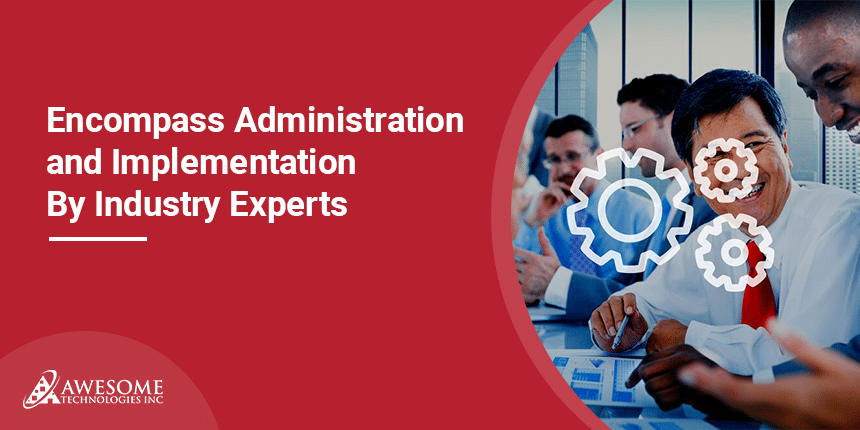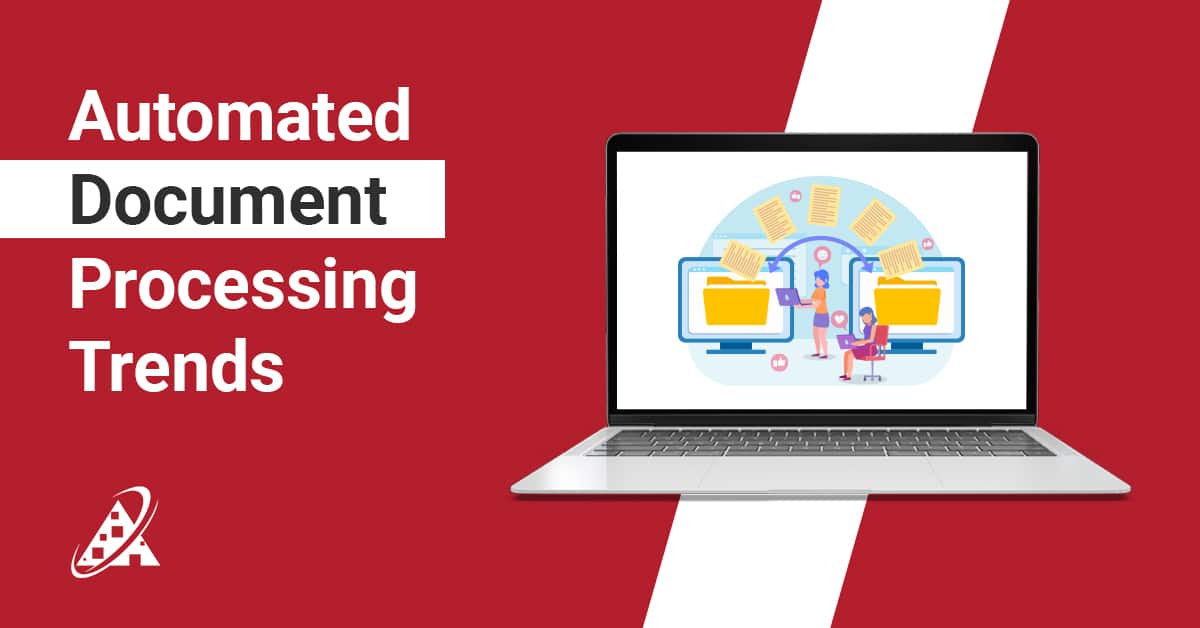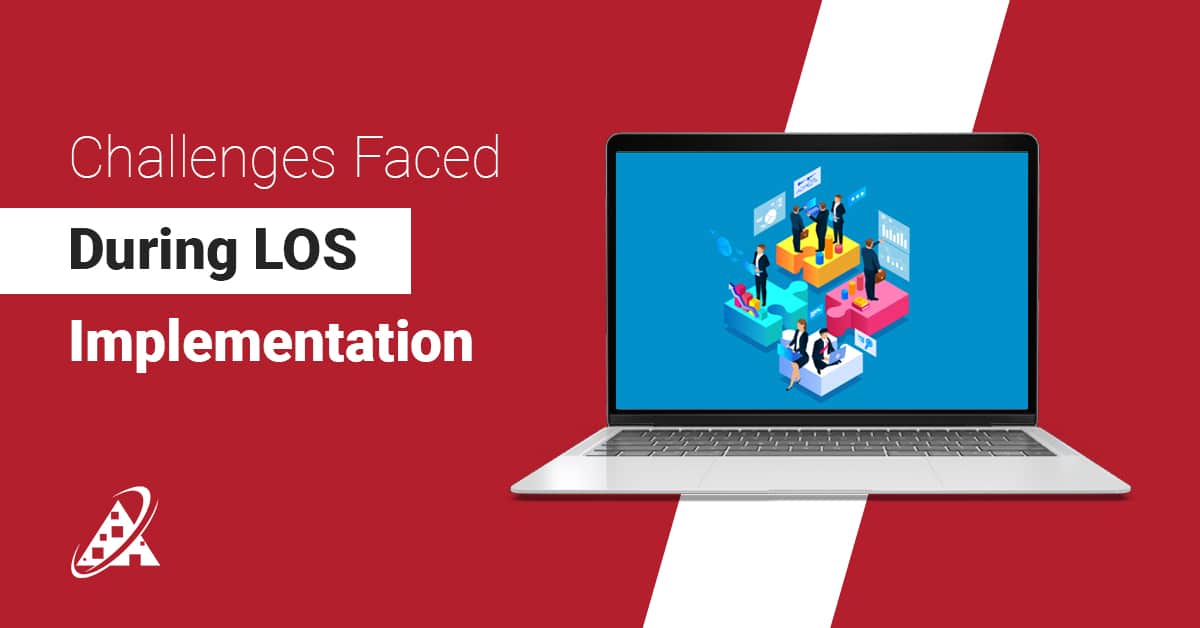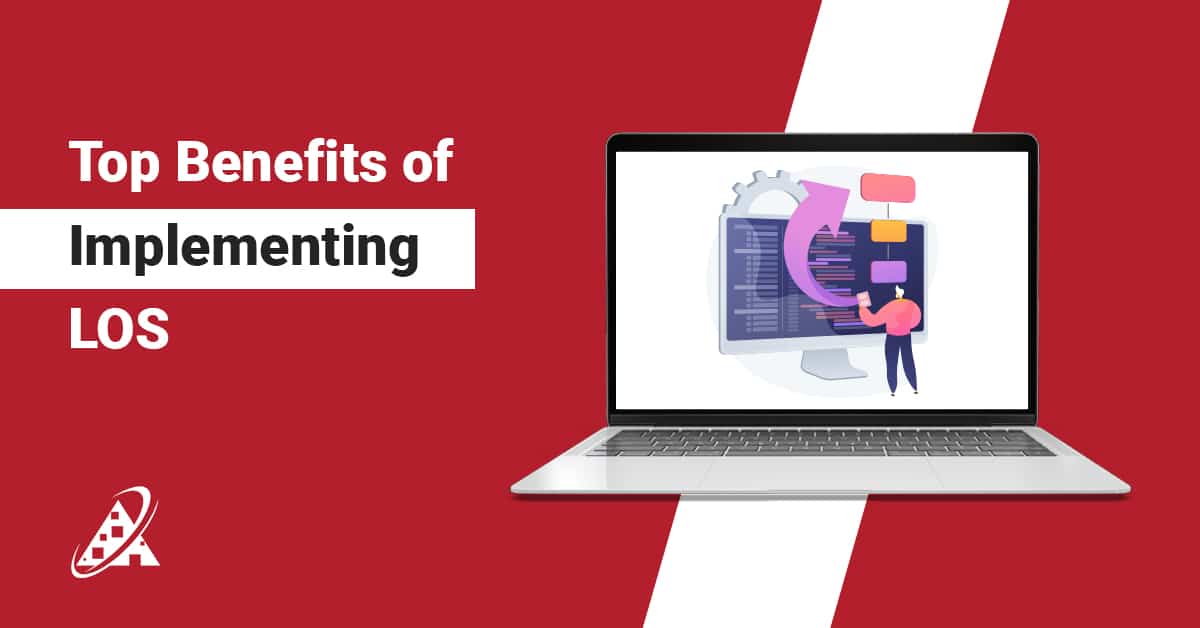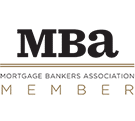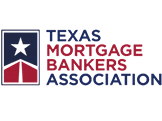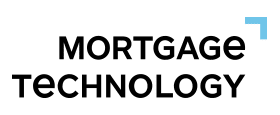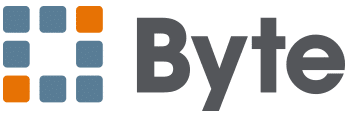Encompass is a loan origination software offered by Ellie Mae, now a part of ICE Mortgage Technology, that helps mortgage lenders manage their loan processes more efficiently. It’s like a central hub where lenders can handle everything from initial loan applications to closing deals.
When it comes to managing Encompass, there are professionals called Encompass Administrators who oversee its operation. These administrators understand the mortgage industry well and the various channels through which loans are processed. The Encompass administration functionalities involve a range of tasks and responsibilities aimed at effectively managing and maintaining the Encompass system.
Unveiling the Role of Encompass Administrators
Here’s an overview of some key functionalities our Encompass admins perform:
- Document Management: This involves creating, managing, and organizing various documents and disclosures within the Encompass system. It includes ensuring the successful integration of documents and maintaining their accuracy and completeness.
- Reporting and Analytics: Encompass administrators are responsible for developing and maintaining queries, dashboards, key performance indicators (KPIs), and reports. These tools help monitor loan processes, analyze data, and make informed decisions.
- Customization: Encompass offers extensive customization capabilities through its form builder, business rules, and other tools. Administrators can create and customize input forms, templates, and workflows to match their organization’s specific needs.
- Integration and Automation: Encompass can be integrated with third-party systems and services to streamline processes and improve efficiency. Administrators manage these integrations and automate repetitive tasks to reduce manual effort and errors.
- Testing and Quality Assurance: Administrators are responsible for testing the Encompass system to ensure it meets the business needs and functions correctly. They identify and report defects, errors, or configuration issues to management and the development team.
- System Maintenance and Upgrades: Administrators oversee system upgrades and updates, analyzing their impact on the current organizational setup. They ensure that the system remains up-to-date with the latest features and enhancements while minimizing disruption to operations.
- User Management and Security: Administrators maintain user accounts, roles, profiles, and security settings within the Encompass system. They ensure that users have appropriate access levels and permissions and manage user authentication and authorization processes.
- Change Management: Administrators handle change requests and enhancements to the Encompass system. This includes designing, documenting, configuring, testing, and deploying approved changes to improve system functionality and performance.
- Vendor and Service Integration: Administrators integrate and manage relationships with third-party vendors and services, such as credit reporting agencies and appraisal companies, to facilitate smooth interactions and data exchange within the Encompass ecosystem.
Encompass administrators play a critical role in ensuring the effective operation and optimization of the Encompass system to support the needs of mortgage lenders and streamline loan origination processes.
Ensuring a Smooth Encompass Implementation: Key Considerations for Success
Effective Encompass implementation or installation involves several crucial aspects to ensure a smooth and successful deployment of the Encompass system. Here are the main aspects:
- Pre-Configuration: Before installation, thorough planning and preparation are essential. This includes assessing the organization’s needs, defining requirements, and configuring Encompass settings accordingly. Pre-configuration lays the foundation for a tailored implementation that aligns with the organization’s objectives.
- Best Practices: Following industry best practices during implementation ensures that the Encompass system is implemented for success. This involves leveraging proven methodologies, standards, and guidelines to guide the implementation process and achieve optimal outcomes.
- Testing and Deployment: Rigorous testing is crucial to validate the functionality, performance, and compatibility of the Encompass system before deployment. Testing should encompass various scenarios, including user acceptance testing (UAT), to identify and address any issues or discrepancies. Once testing is complete, the system can be deployed with confidence.
- Customization: Tailoring Encompass to meet the specific needs and workflows of the organization enhances its effectiveness and user adoption. Customization may include configuring settings, business rules, dashboards, and conditions to optimize the system for efficiency and usability.
- Key Settings Installation: Proper installation of key settings within Encompass is essential for leveraging its full potential. This includes configuring features such as document management, compliance services, product and pricing services, and other core functionalities to align with business requirements and objectives.
- Post-Deployment Evaluation: After deployment, evaluating the effectiveness of the Encompass implementation is crucial for ongoing improvement. This involves assessing user feedback, monitoring system performance, and identifying areas for enhancement or optimization. Regular reviews and assessments help ensure that Encompass meets the organization’s evolving needs over time.
By addressing these aspects effectively, organizations can maximize the benefits of Encompass implementation, minimize costs and risks, and optimize return on investment in the long run.

